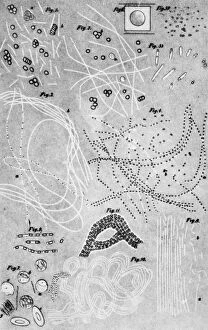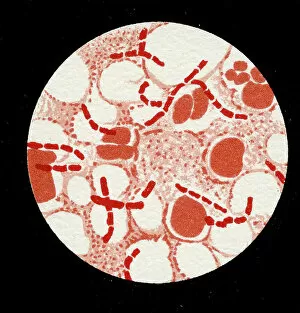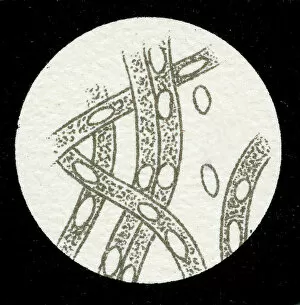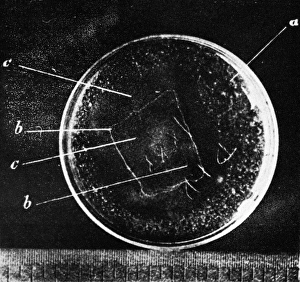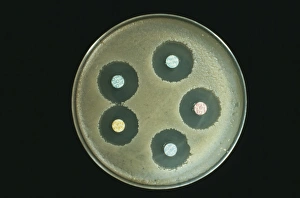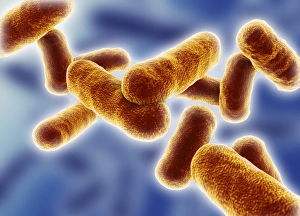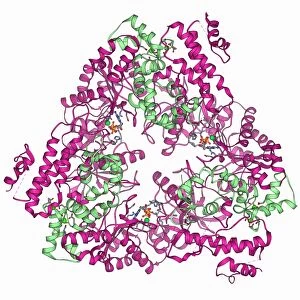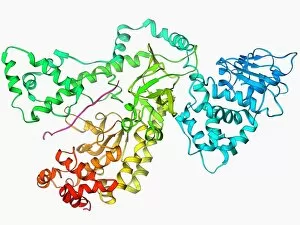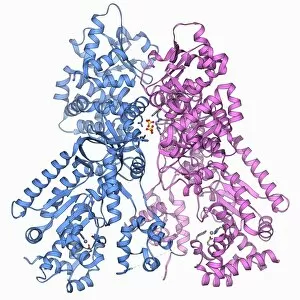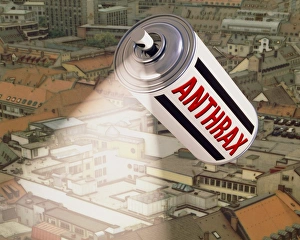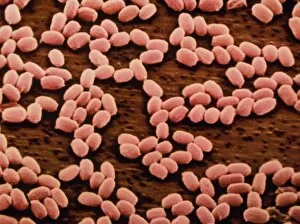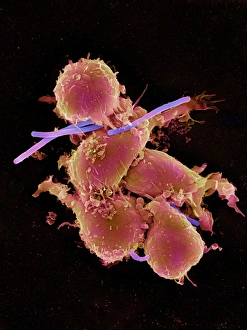Anthrax Collection
Anthrax, a deadly disease caused by the Bacillus anthracis bacteria, has been a subject of fascination and research throughout history
All Professionally Made to Order for Quick Shipping
Anthrax, a deadly disease caused by the Bacillus anthracis bacteria, has been a subject of fascination and research throughout history. From historical diagrams depicting anthrax cultures to lithographs showcasing the colony of Bacillus Anthracis in a human spleen in 1906, these images provide us with glimpses into the world of this menacing illness. In another lithograph from 1906, we see spores of Bacillus Anthracis magnified under a microscope. These tiny particles are responsible for transmitting the disease and have been extensively studied by scientists like Louis Pasteur, who dedicated his life to understanding infectious diseases. Speaking of Pasteur, an artist named Albert Edelfelt captured him in 1885 during his groundbreaking work on vaccination against anthrax in sheep. This image showcases Pasteur's immense contribution to combating this lethal infection. The importance of studying bacteria becomes evident when looking at various types depicted in an image from 1889. Among them is Bacillus Anthracis - its distinctive rod shape making it easily recognizable among other bacterial species. Moving beyond scientific illustrations, we come across intriguing historical moments related to anthrax research. A lithograph titled "The little child who led him" depicts a scene where Dr. Koch is guided by a young child while conducting his experiments on animals infected with anthrax. Meanwhile, another lithograph captures the ovation given to Dr. Koch by German and foreign doctors in Berlin as recognition for his contributions towards understanding and combating infectious diseases like anthrax. Not limited to Europe alone, Spanish bacteriologist Jaime Ferran also made significant strides in researching anthrax prevention methods during the late 19th century. His work added valuable insights into our fight against this deadly ailment. Lastly, an image portraying antibiotic action reminds us that despite advancements made over time regarding treatment options for anthrax infections; there is still much more left to discover about this complex disease.

